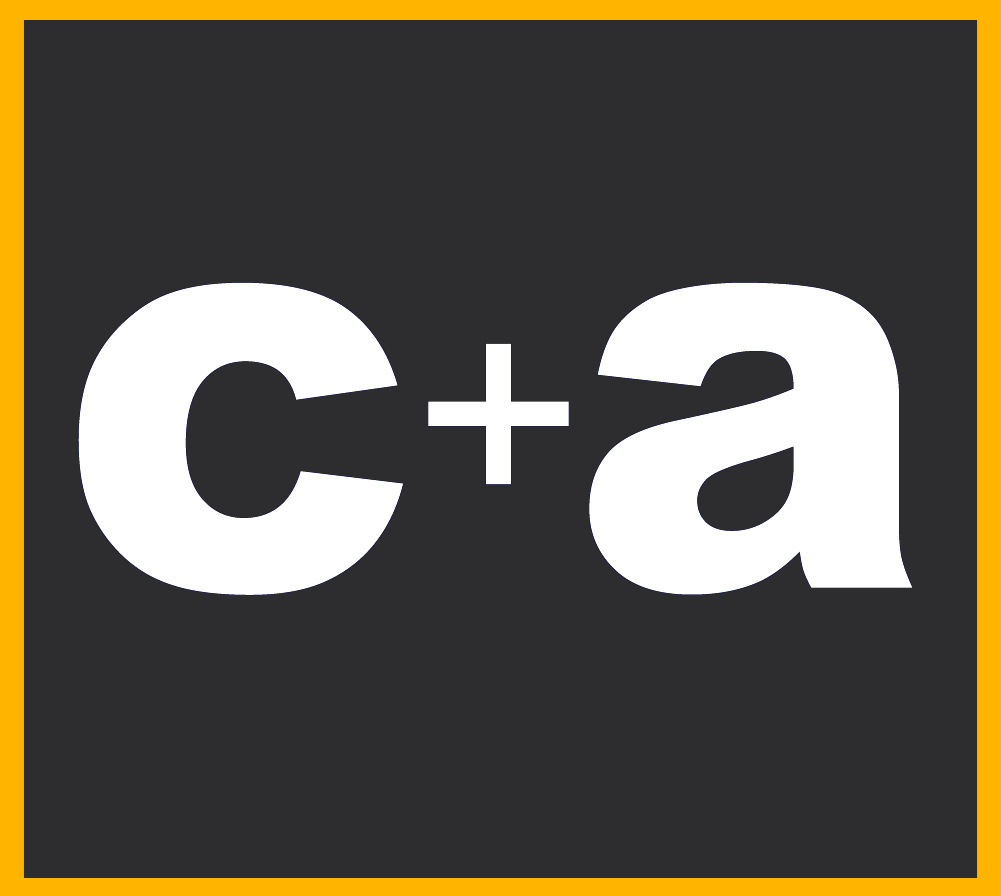Prepare for impact – the people perspective on mergers and acquisitions
- curranrecruit
- Jun 10, 2014
- 3 min read
The need or desire for organisations today to acquire or merge is always present in the business world. Mergers and acquisitions are viewed as a way for some companies to improve profits and productivity, eliminate competition and expand into new markets while reducing overall expenses. While viewed as good for business, in some cases, they are not good for employees. With a merger and acquisition come the requisite lay–offs, leaving many employees worried about their positions or the changing culture of the company. In this week’s blog post we talk about mergers & acquisitions, what it means from a people’s perspective and how leaders and managers can facilitate the transition effectively.
What’s the difference between a merger and an acquisition?
A combination of two or more companies to form a new company is known to be a merger, while an acquisition is the purchase of one or more companies by another with no new company being formed.
Impacts on the people
The announcement of a merger or acquisition can have varied reactions, but you will usually find a general feeling of uncertainty – employees worrying about losing their jobs, anxious managers struggling to maintain control in a shifting environment, leaders stressing over tough decision that need to be made, people at every level losing sleep over where they stand in the organisation. The impact on employees can be significant if the reorganisation of the business is not handled effectively.
From there the real impacts on an organisation itself start to show – from unexpected defections of key talent, declines in productivity, morale and engagement to the loss of customers and poor market performance.
During any merger or acquisition effort, there are at least two groups of employees involved, often coming from organisations with distinctly different cultures and styles. The way company leaders work with employees during the transitional period sets the tone for the new corporate culture being developed.
What can you do?
While there are many human issues that all organisations deal with during these times, the best approach is to prepared and informed. Help shake off some of the uncertainty that a merger or acquisition can bring.
An effective merger hinges on having the best team to meet changing business needs. Good organisational design can help address this challenge by creating a clear relationship structure and well defined roles. It can also help address the merger-related questions that often keep employees awake at night.
The keys to this is having a plan – take inventory of your current employees skills, competency, and past performance; then match them to the capabilities required to support the new organisation’s objectives.
When it comes to the talent that you don’t want to lose, you need to act quickly. Talented people are decisive, action-oriented, and highly marketable. They need to know that they are valued and have nothing to worry about. Don’t give them a chance to even think about leaving.
While forming these plans, it’s also important to communicate. Leaders and managers must explain the “hows” and “whys”. By clearly communicating the new organisational structure and explaining how it will work, why it’s designed the way it is, and how roles will be staffed, you’ll be able to decrease rumours and incorrect assumptions. Helping employees understand where the organisation is headed and how they fit in will keep them engaged and motivated. Leaders and managers need to provide frequent updates and establish an open dialogue to give individuals a chance to voice their concerns and to provide input. People are more likely to get on board when they feel as if they are involved in the process.
Another idea may be to have a ‘bonding event’, create an event so that all employees – in the old organisation and the new – have the opportunity to connect with each other. This can be in the form of company-wide meetings, smaller social gatherings, or encouraging employees with team building days and workshops.





















Comments